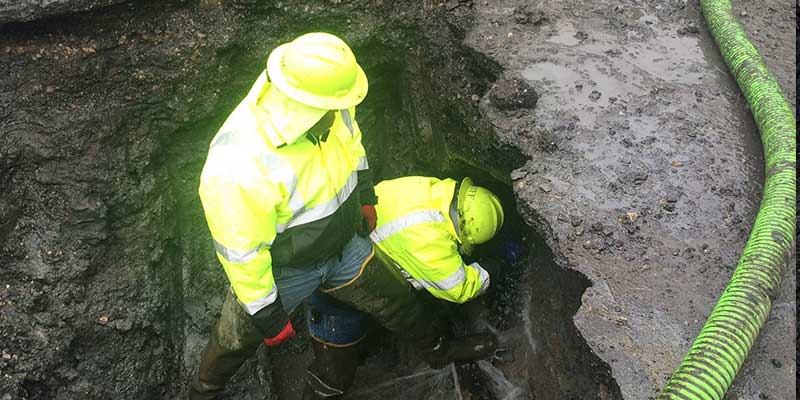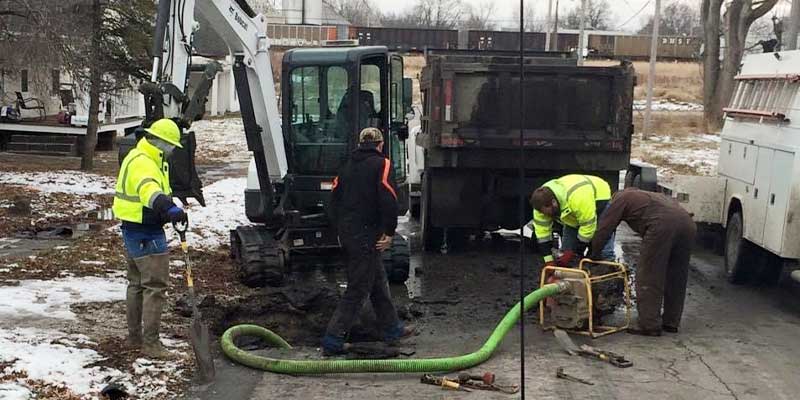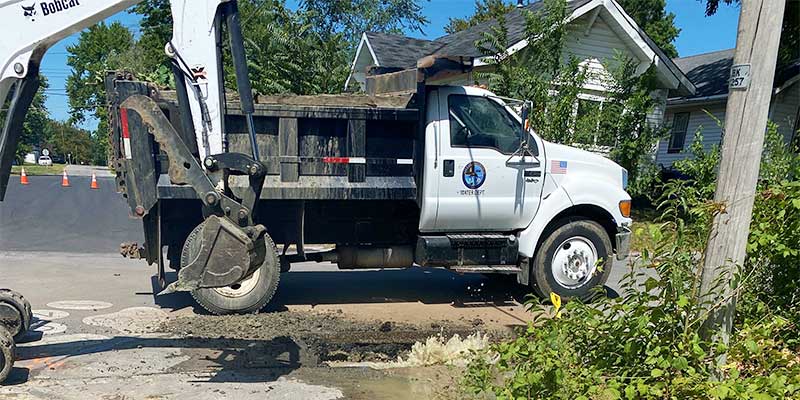Water Distribution
The distribution system is composed of over 50 miles of water mains ranging in diameter from 2″ up to 14″; 380 control valves; and 325 fire hydrants throughout the city. This Department is responsible for the machinery, equipment, materials, and personnel required to repair main breaks; installing water mains, control valves, and fire hydrants; maintaining the grounds of the division; and assisting other sections of the Water Department. It is our goal to operate and maintain a water distribution system consistent with established procedures for efficient management practices.
Leaks
Even with a small leak, water consumption adds up quickly. It seems amazing that a half-gallon per minute leak will add up to 21,600 gallons of water used in a 30-day time period. Drippy faucets should be fixed as soon as they start.
These leaks will never quit on their own. Leaks wastewater, and can cause the property owner to incur unnecessary expense.
Prevention
It is important to note that regular toilet tank maintenance can help prevent leaks. The rubber flapper that lets water from the tank enter the bowl is a common problem. The rubber flapper should be replaced every two to three years. Always replace parts with high-quality parts. The filler valve assembly should last several years depending upon the quality.
Detecting Water Leaks
Get some tips on checking for leaks in your home:
Common Causes
If you suspect a leak somewhere in your home due to a higher water bill or simply hearing a drip you will want to try and detect where the leak is coming from. In most instances, the leak is found inside the tank of a toilet (the rubber flapper that lets water from the tank enter the bowl is most often the cause of the problem).
The other major cause of leaks in the tank is the filler valve assembly. This assembly can be out of adjustment, causing the tank to overfill or be leaking.
Finding A Leak
- Listen – You may be able to hear the water moving through the valve assembly inside the tank.
- Feel – Put your hand on the side of the tank – If the tank is cold or sweating and you have not flushed it for a while you may have a leak.
- Check the water level – Take the tank cover off and check the water level of the tank. It should be set so it is below the overflow level.
- Food coloring – Put a few drops of food coloring in the tank. In ten minutes check the bowl. If any of the colored water is in the bowl you need to do maintenance of the tank.
- Check the meter – You can also check the water meter. The water meter is able to detect even a very small leak. If the water meter shows that you are using water and you are unable to find a leak, you should contact a licensed plumber who can assist in finding and repairing the leak.
Leaks can be costly!

Please call 8-1-1 Before Digging
Before you dig call 811 or 1-800-DIG-RITE (344-7483) or go online to place a locate request at www.mo1call.com at least 3 days before digging starts. It’s very important to locate all lines on a property before any digging begins. Even adding a mailbox or planting a tree can damage underground lines. Click here to learn more.
Sanitary Sewer Collection
When you wash your hands, the “waste-water” that goes down the drain flows through the interior plumbing, out of the house, and into a pipe called a sewer lateral. Like the interior plumbing, the sewer lateral is owned by the private property owner that it serves. The sewer lateral connects to the City operated sanitary sewer main usually in the street.
The City of Brookfield has a separate sanitary sewer system so that waste-water is collected in the sanitary sewer system and is conveyed to the City waste-water treatment facilities. There the water is treated and cleaned before it is released to the ground. Stormwater is collected by the stormwater system and conveyed and discharged directly into area creeks without treatment.
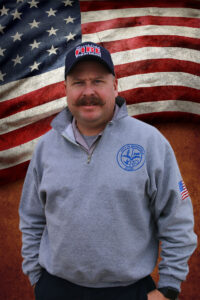
Water/Sewer Superintendent
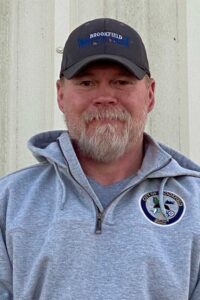
Water Distribution
Chief Operator
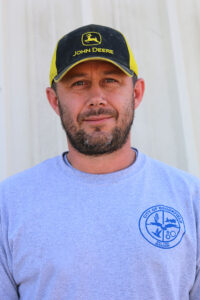
Field Foreman
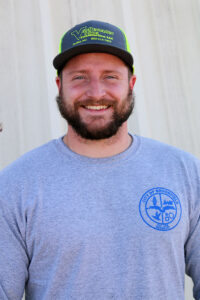
Field Technician

Utility Worker,
Meter Reader






